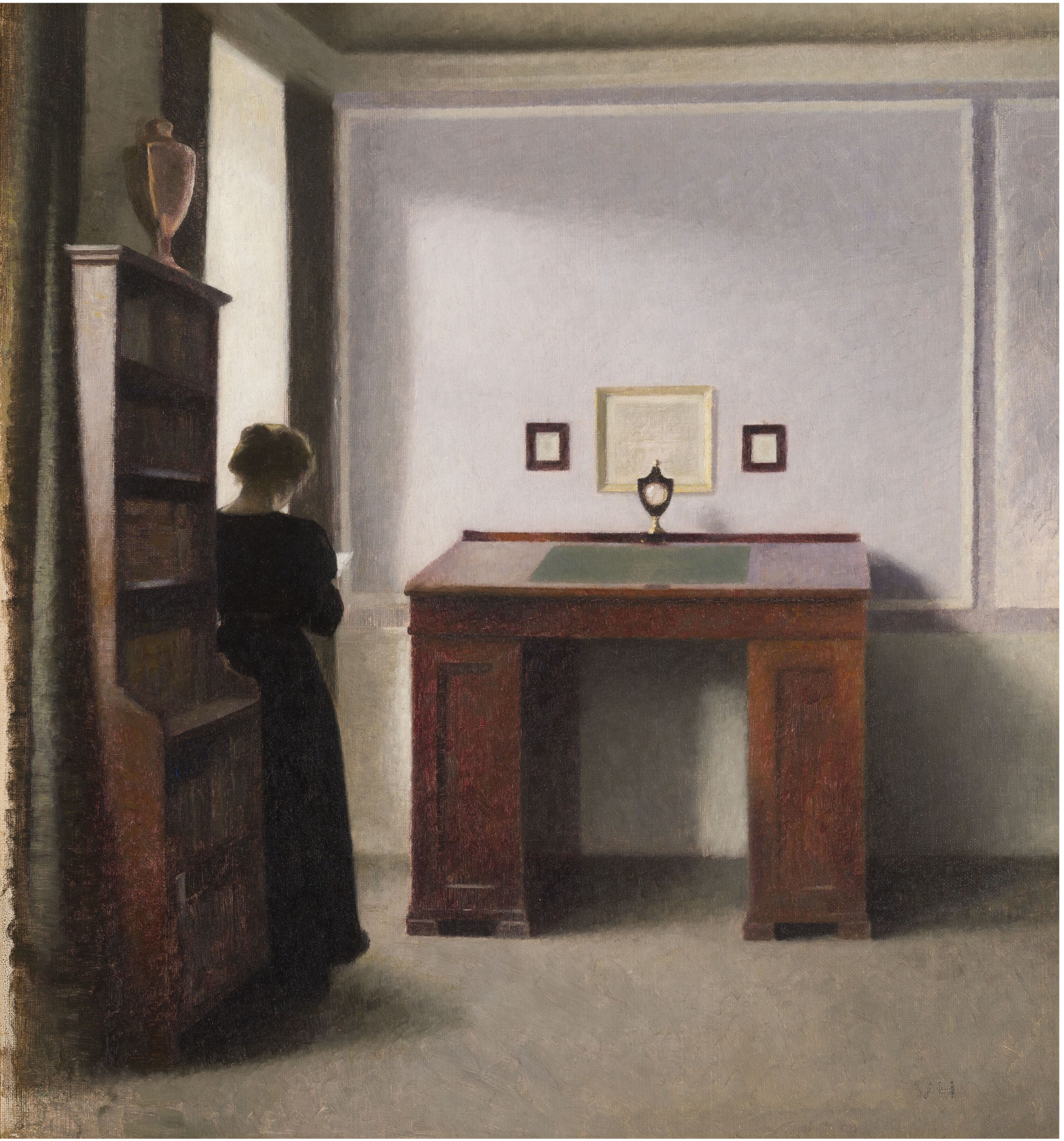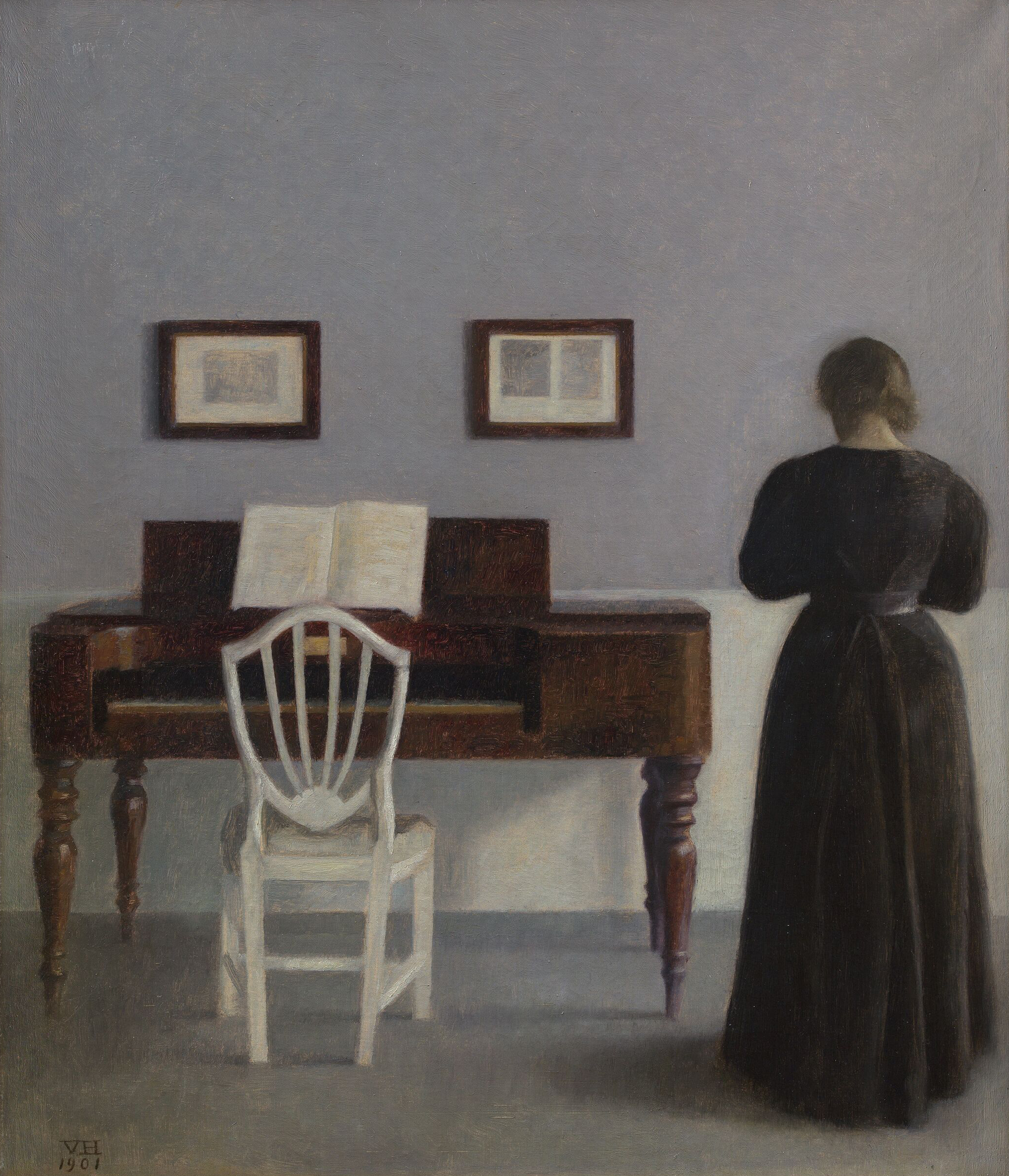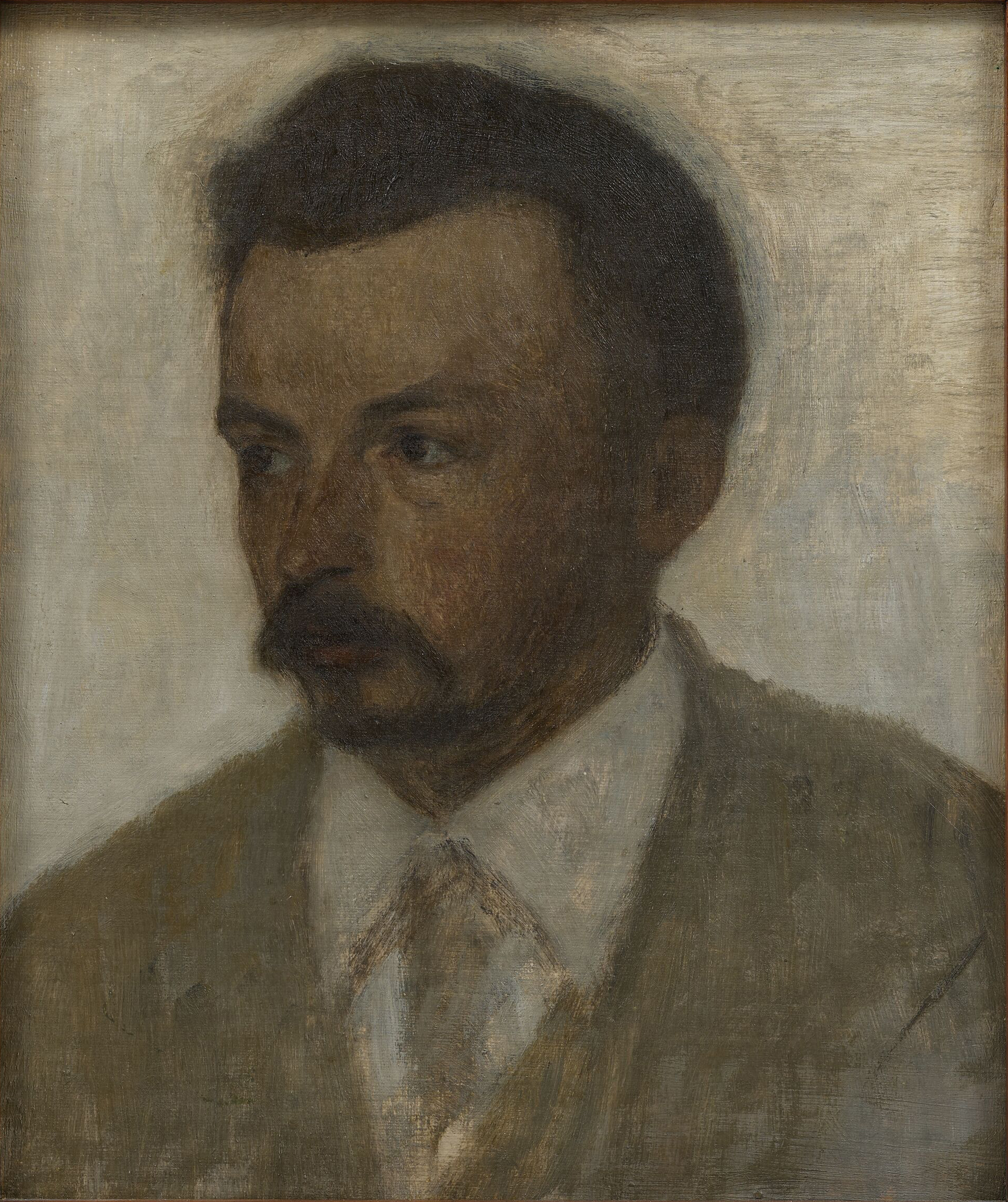Vilhelm Hammershøi
Silence
1 JUNE – 13 JULY 2024
Basel
‘Hammershøi is not one of those who need to be talked about quickly. His work is long and slow, and whensoever one studies it, that moment will always be an occasion for speaking about the important and essential in art.’—Rainer Maria Rilke
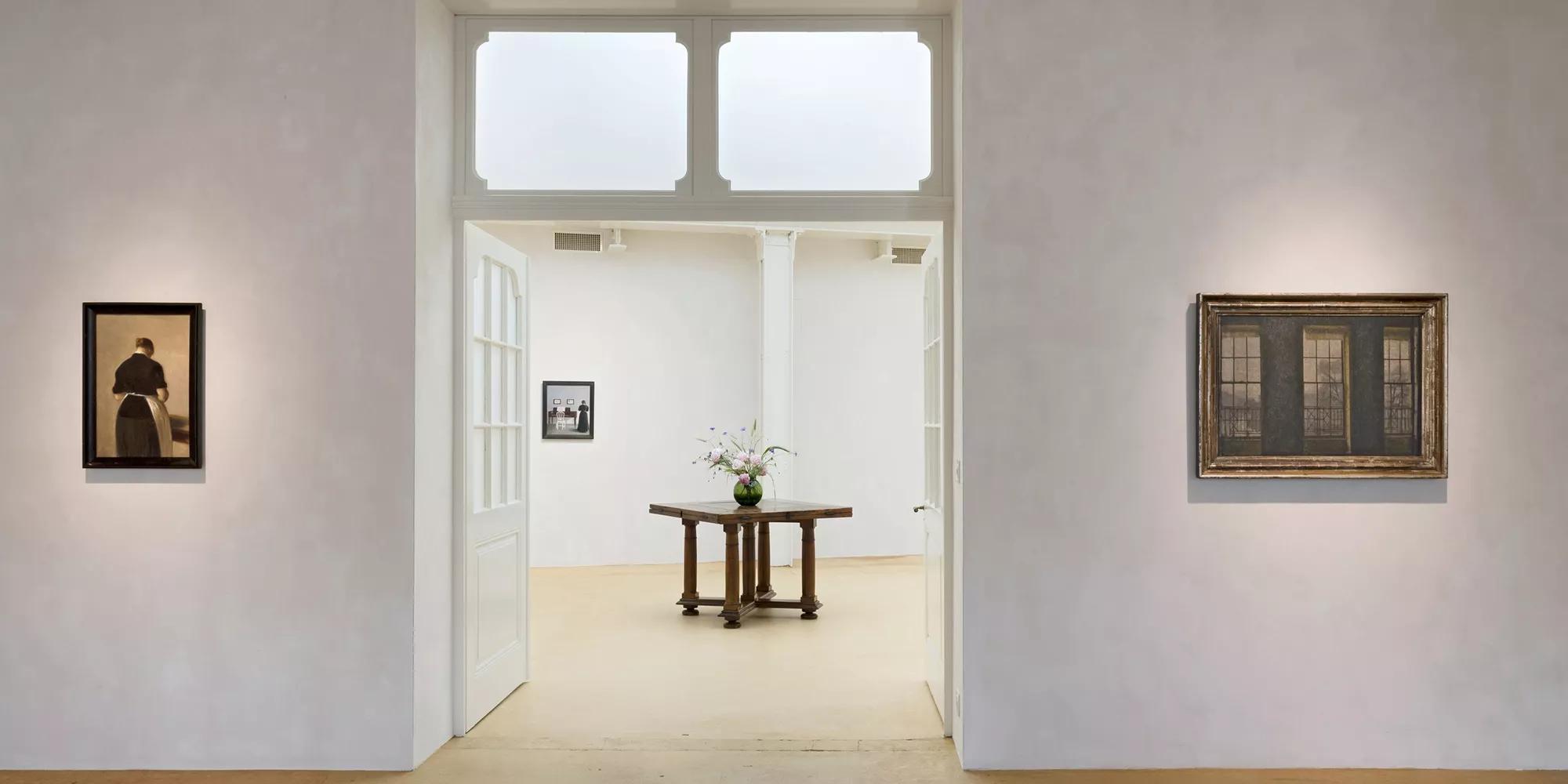
EXPLORE THE EXHIBITION
Born in 1864, Hammershøi’s timeless paintings defy categorization, visually bridging the art of the Old Masters with that of the modern era. ‘Vilhelm Hammershøi. Silence’ shows the breadth and depth of the artist’s practice through works dating from 1883 to 1914. Alongside the interior paintings for which Hammershøi is highly renowned, the exhibition features a number of the artist’s early farmstead paintings and cityscapes of Copenhagen and London, alongside a rare self-portrait.
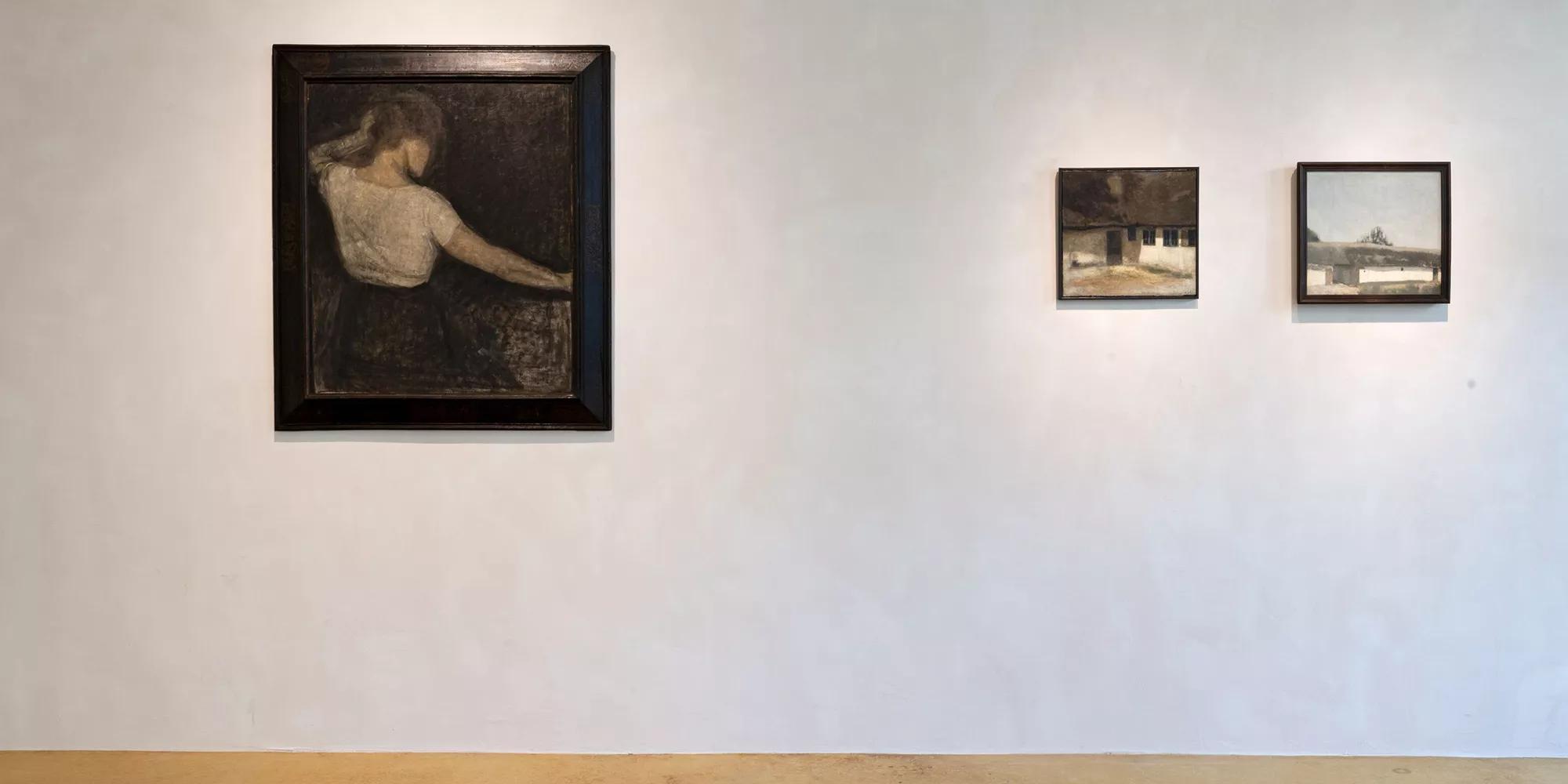
Curated by art historian Felix Krämer, a leading expert on Hammershøi, the presentation brings together 16 works from private collections, including numerous paintings rarely exhibited before.
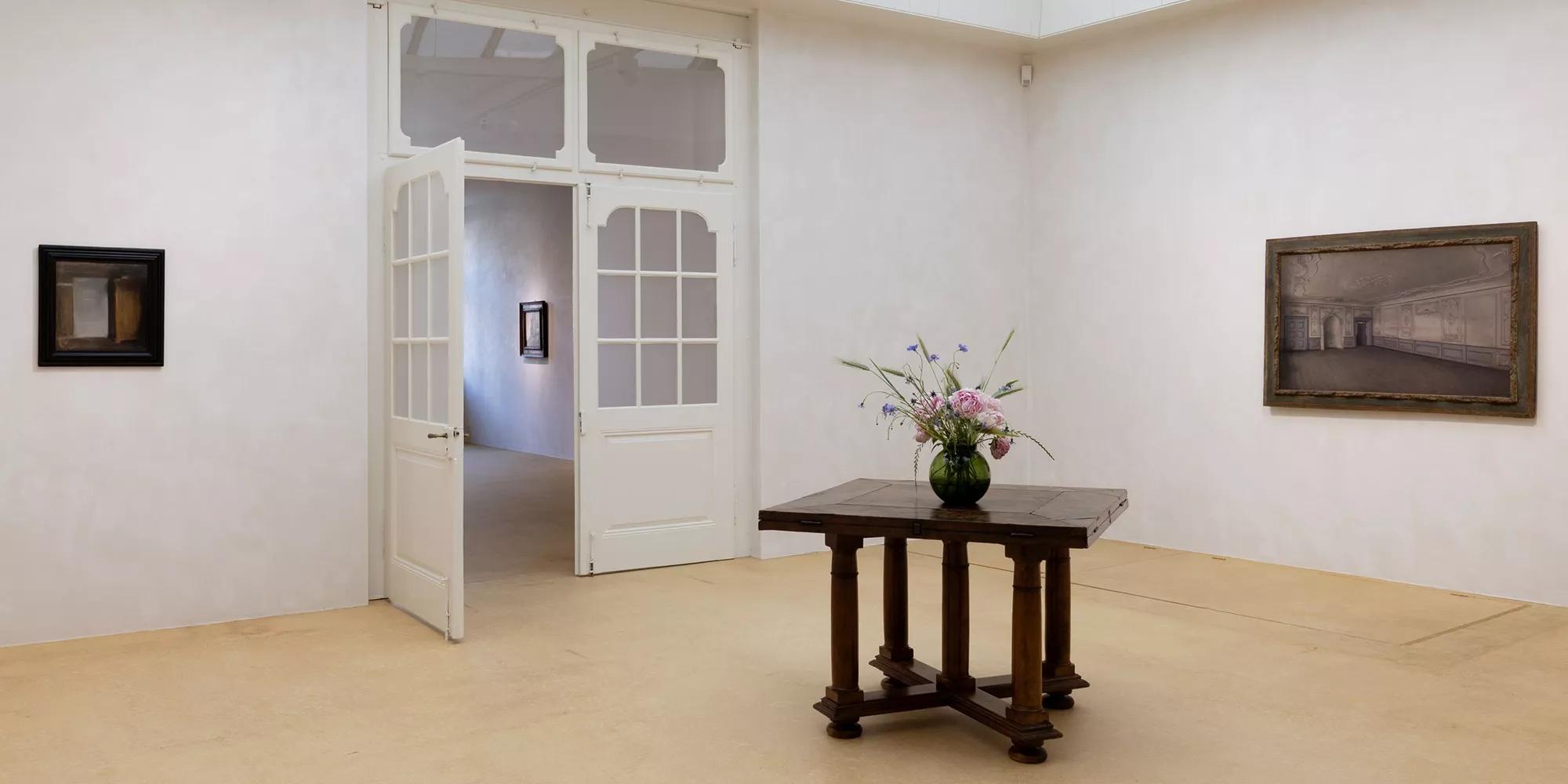
Hammershøi remained loyal to his hometown of Copenhagen. Through his travels to the European centres of Paris and London he familiarised himself with the rapidly evolving international art of his time. However, his painting and drawing practice found inspiration in Dutch 17th-century genre painting, particularly the mysterious domestic interiors of Jan Vermeer, and in the 19th-century Danish Golden Age, creating a highly individual artistic language. The interior world of the apartments he and his wife Ida Ilsted occupied in Copenhagen, each depiction imbued with a contemplative stillness, were to remain the artist’s enduring fascination.
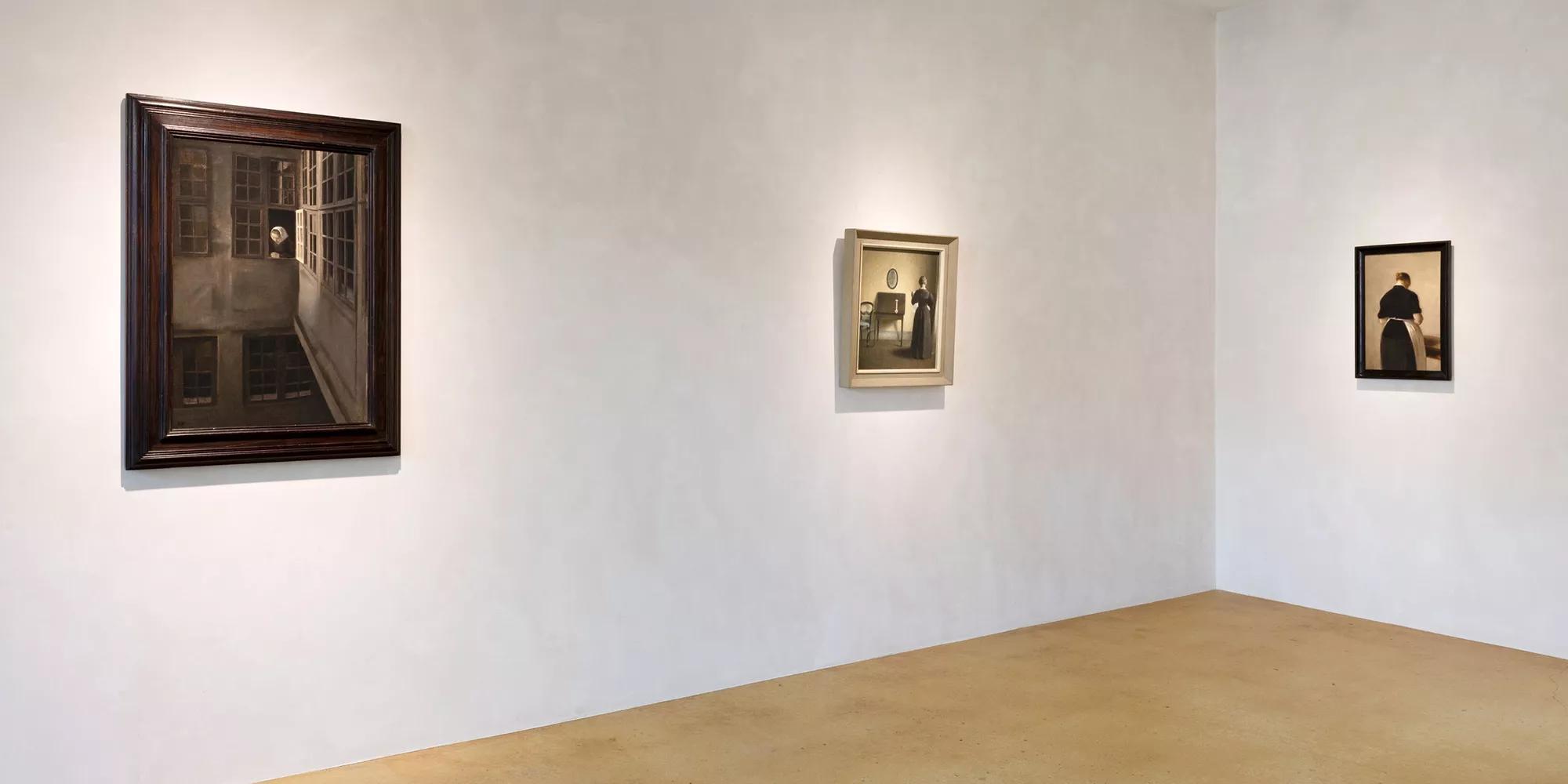
‘Hammershøi’s interiors are genre paintings that lack narrative and do not betray anything about the inhabitants. Although the artist repeatedly invites the viewer to visit him at home, he does not share anything private. It is an immense silence that dominates Hammershøi’s rooms and whose presence captivates the viewer. This effect is strengthened by the palette, concentrated in a few muted colors, which offers no distraction.’—Felix Krämer

Many of Hammershøi’s later paintings utilize an experimental approach to perspective, with several works reminiscent of photographic compositions and viewpoints. A rare example of a self-portrait of the artist with his wife, ‘Double Portrait of the Artist and His Wife, Seen through a Mirror. The Cottage Spurveskjul’ (1911), features the artist’s own reflection within the confines of an elliptical shaped mirror, allowing the viewer’s gaze to merge with the artist’s, whilst Ilsted is distanced from the viewer in the background.
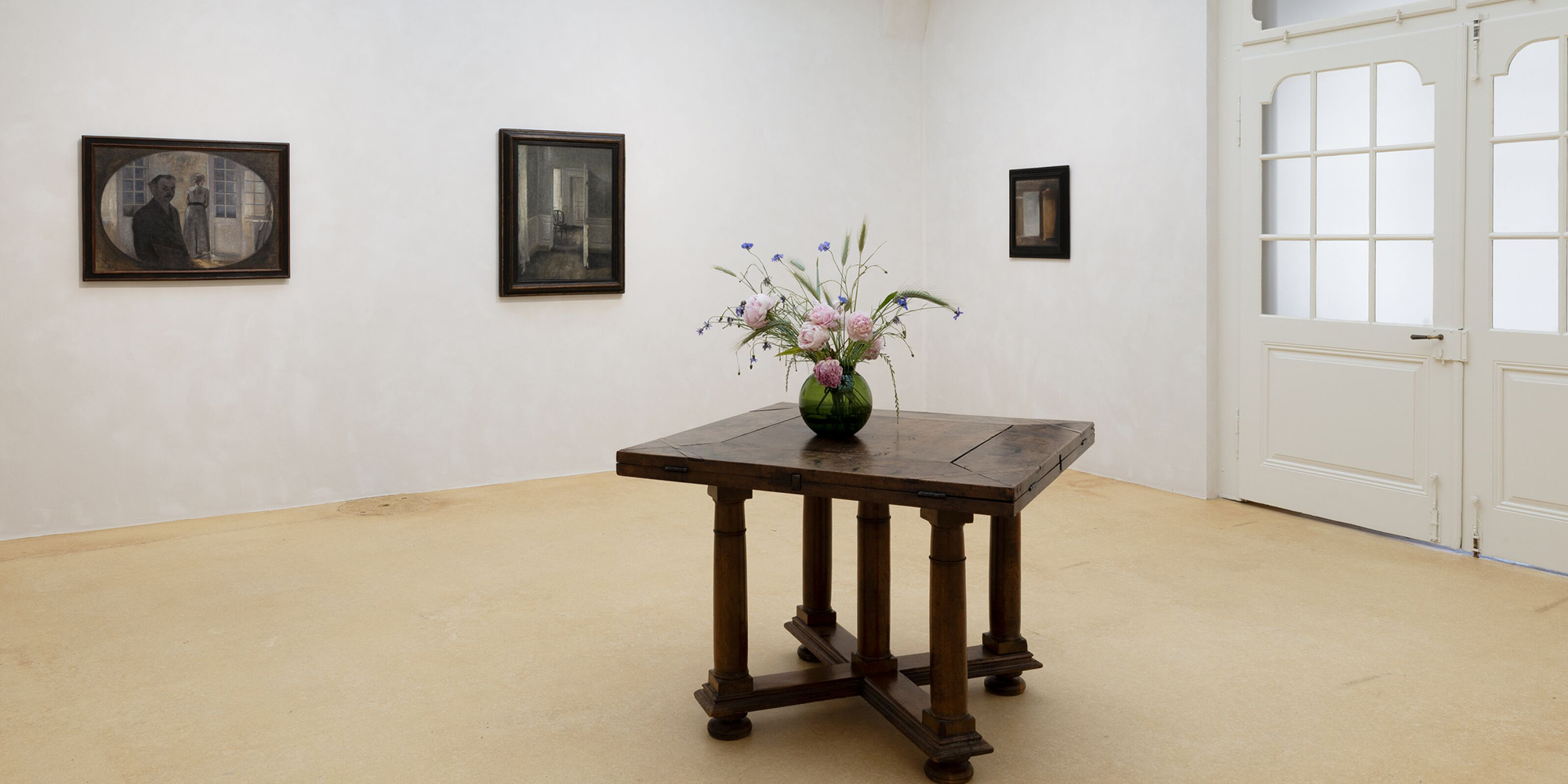
‘The enticing and painful silence that envelops each one of Hammershøi’s canvases feeds from quiet grief. They are all pictures of farewell. Hammershøi seems to already retreat from the twentieth century although it has not yet even begun. His wife, Ida, too, seems like a memory from a dream that becomes more elusive the more you open your eyes. The rooms of his apartment in Copenhagen, the furniture, each picture feels like a final look back.’—Florian Illies

This exhibition is accompanied by a catalog by Hauser & Wirth Publishers, featuring essays from the curator Felix Krämer and art historian and writer Florian Illies (author of ‘Love in a Time of Hate’ and ‘1913: The Year Before the Storm’) that offer an in-depth understanding of Hammershøi’s timeless artistic language.
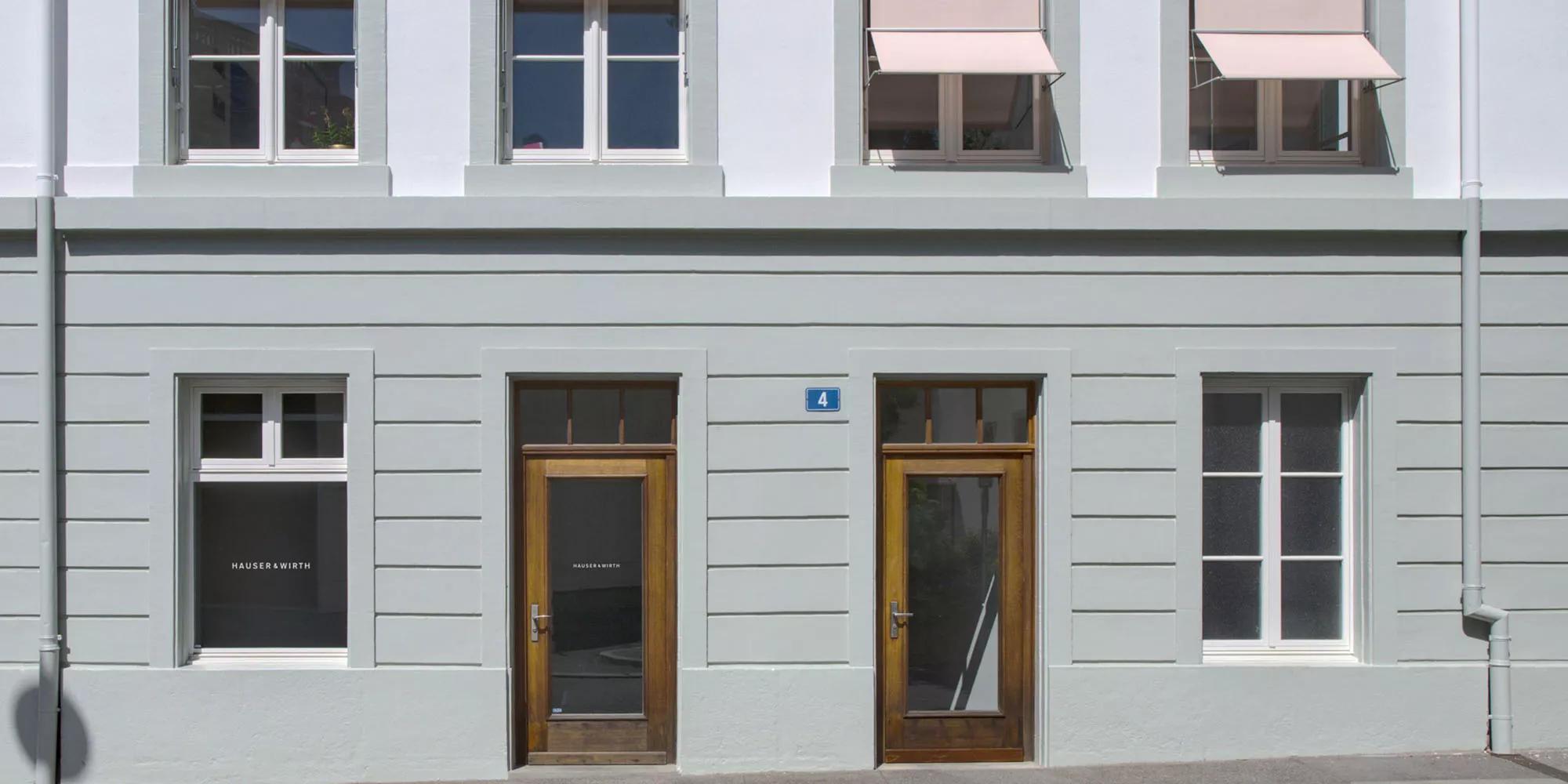
On view in Basel
Our current group exhibition ‘Körperlich’ at Hauser & Wirth Basel is on view until 2 November 2024.
Exhibitions are free to attend. No advance booking necessary.
Current Exhibitions
1 / 12






